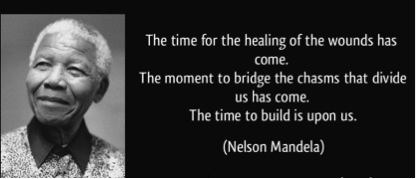Category: Gaza
-
Self-healing in Gaza
29th August 2014 | Sarah Algherbawi | Gaza, Occupied Palestine Sarah Algherbawi is a Palestinian citizen who was born in Saudi Arabia in 1991 and now lives in the Gaza Strip. She finished her BBA degree in Business Administration at the Islamic University of Gaza, and now works as a media project coordinator. The killing and bombing is finally done.…
-
‘Legitimate’ targets
26th August 2014 | Charlie Andreasson | Gaza, Occupied Palestine This article was published before the recently agreed ceasefire. High-rise buildings have now been declared as legitimate targets for F-16 aircraft attacks. Yesterday evening a 16 story house called Little Italy, home to 100 families, was destroyed. No one was killed, but around 20 people was injured,…
-
Action alert: Open Rafah now
18th August 2014 | Open the Rafah crossing permanently and unconditionally | Occupied Palestine In response to calls from human rights defenders in Gaza who ask that we bring an end to the Egyptian government’s complicity in Israel’s genocide of the people of Gaza an urgent call to action was issued. The call was endorsed by renown anti-apartheid and…



